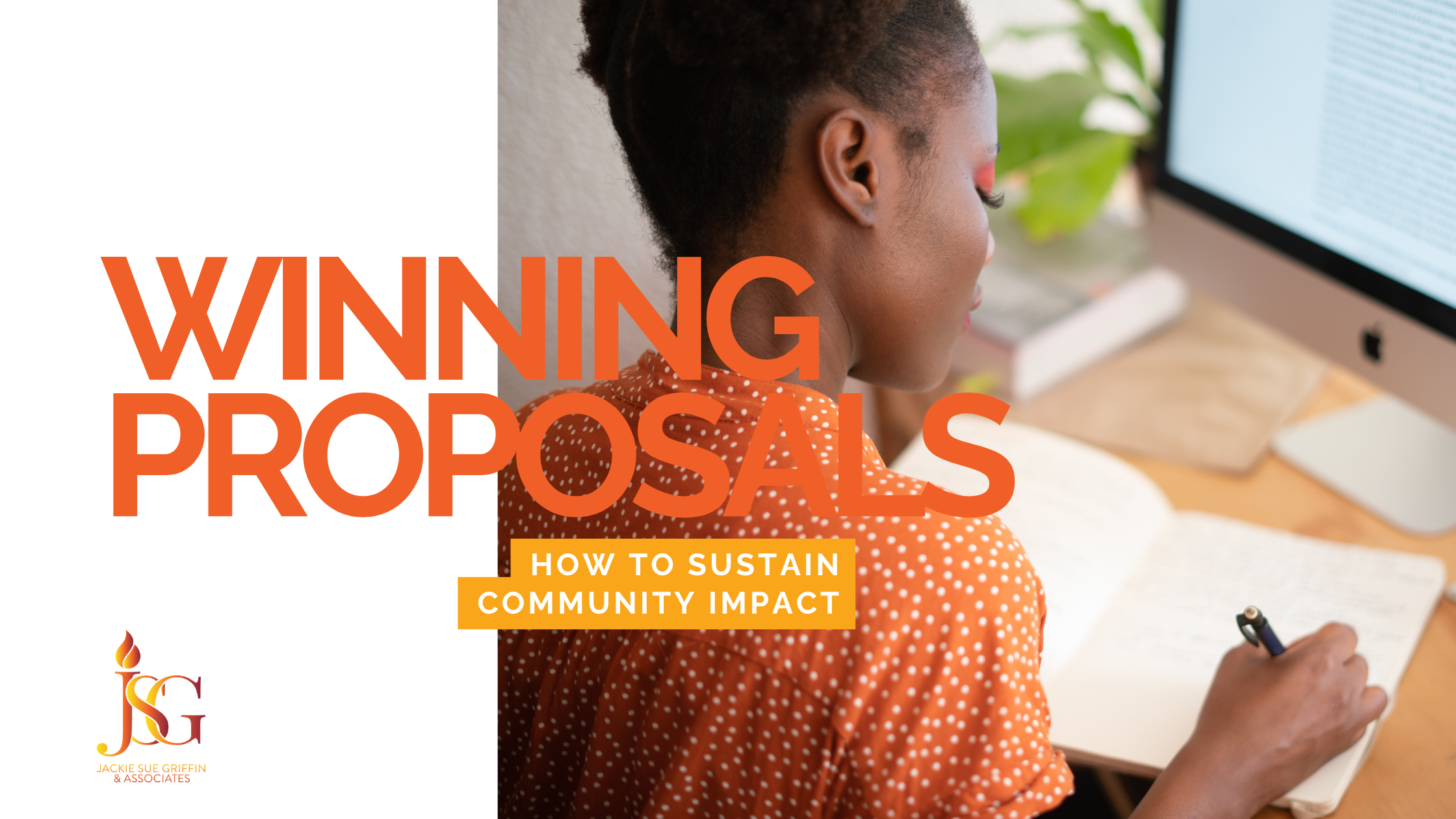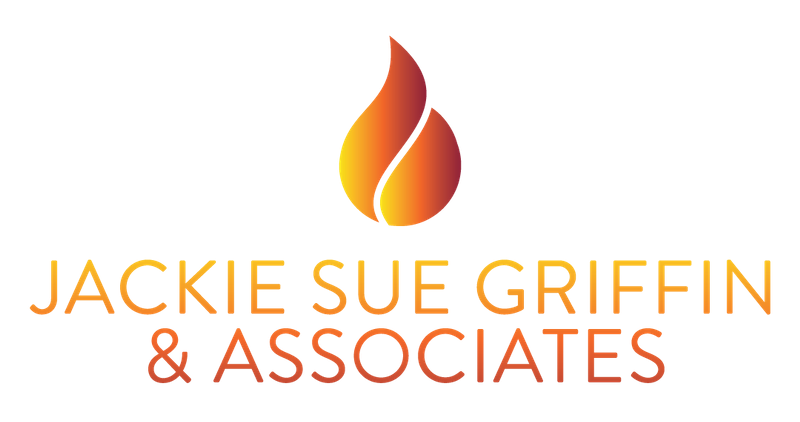
19 Aug Your Wish is Granted: Discovering the Magic of Winning Proposals and Sustained Community Impact
In the nonprofit sector, securing grants serves as a vital lifeline, allowing organizations to fund initiatives that can create meaningful change in their communities. However, the process of crafting winning proposals can be daunting, especially in a competitive landscape where many organizations vie for limited resources. Let’s explore effective strategies for creating compelling grant proposals that stand out and lead to sustained community impact.
The Importance of Research
Before embarking on the proposal writing journey, thorough research is essential to understand your potential donors. What are their goals? What types of projects have they funded in the past? By diving into the funder’s mission, priorities, and previously supported initiatives, organizations can tailor proposals to align with their objectives.
Identifying funders that match the organization’s mission is particularly crucial. Utilizing grant databases and funding directories helps find opportunities that resonate with organizational goals. Additionally, familiarizing yourself with eligibility criteria and deadlines for each grant ensures that applications are submitted for grants that are a good fit, ultimately increasing the chances of success.
Communicating Purpose Clearly
When writing a grant proposal, clarity is key. Articulating the organization’s mission and the specific objectives of the proposed project is essential. A structured approach to proposal writing includes sections like the executive summary, statement of need, project description, budget, and organizational information.
The proposal should convey facts and figures while also telling a compelling story. Using persuasive language and evidence-based data strengthens the case for funding. Funders want to understand the impact of their investment, so highlighting how the project will address community needs and create meaningful change is crucial.
Creating a Realistic Budget
A well-structured budget is vital for any grant proposal. It should provide a clear breakdown of how requested funds will be allocated and utilized. Considering all project-related expenses, including personnel costs, supplies, and indirect costs, is necessary. Ensuring that the budget aligns with the proposed activities and objectives outlined in the proposal is essential.
Transparency is also critical when presenting the budget. Providing detailed explanations for each budget item demonstrates fiscal responsibility and accountability, building trust with funders.
Avoiding Overcommitment
One common mistake in grant writing is overcommitting to outcomes or timelines that exceed the organization’s capacity. While presenting an ambitious vision is important, ensuring that goals are realistic and achievable is equally crucial. Funders appreciate transparency, so acknowledging limitations in the proposal fosters open communication and sets the foundation for a sustainable relationship built on trust.
Building Realistic Timelines
In addition to avoiding overcommitment, developing realistic project timelines is essential. Considering all phases of the project, including planning, execution, and evaluation, helps provide a comprehensive timeline that instills confidence in funders regarding the organization’s ability to deliver on its promises.
Continuous Monitoring and Evaluation
Establishing benchmarks to monitor project progress is vital. Regular check-ins and evaluations help organizations stay on track and address any challenges that arise. By integrating feedback loops into the project plan, real-time adjustments can be made to ensure alignment with objectives. This proactive approach not only safeguards against overcommitting but also demonstrates a commitment to delivering impactful work.
Aligning Resources with Commitments
Ensuring that the scope of the proposed project aligns with available resources is critical. Clearly communicating how resources will be allocated to each aspect of the project demonstrates a practical approach that resonates with funders.
Establishing Contingency Plans
Proposals that acknowledge potential challenges and outline contingency plans inspire confidence in funders. Identifying foreseeable risks and presenting strategies for mitigation demonstrates preparedness and assures funders that the project’s success is a priority, even in the face of unexpected obstacles.
Fostering Effective Communication
Communication is key throughout the grant writing process. Clearly conveying the project’s objectives, methods, and anticipated outcomes helps funders understand the organization’s vision. Maintaining open lines of communication with funders during the project lifecycle builds trust and keeps them informed of progress, setbacks, and necessary adjustments.
Collaborating and Leveraging Team Strengths
Grant writing is a collaborative effort that benefits from engaging team members in the process. Each member brings unique skills and expertise to the table. Some may excel in data analysis, while others shine in crafting compelling narratives. Harnessing diverse perspectives creates a well-rounded proposal that addresses both quantitative and qualitative aspects.
Encouraging ongoing education and skill development within the team is vital. Investing in training and workshops ensures that staff stays updated on best practices and emerging trends, enhancing the organization’s capacity to write successful grant proposals.
Crafting winning grant proposals is an essential skill for nonprofit organizations seeking funding to support their missions. By conducting thorough research, communicating purpose clearly, developing realistic budgets, and avoiding common pitfalls, organizations can enhance their chances of securing funding.

No Comments